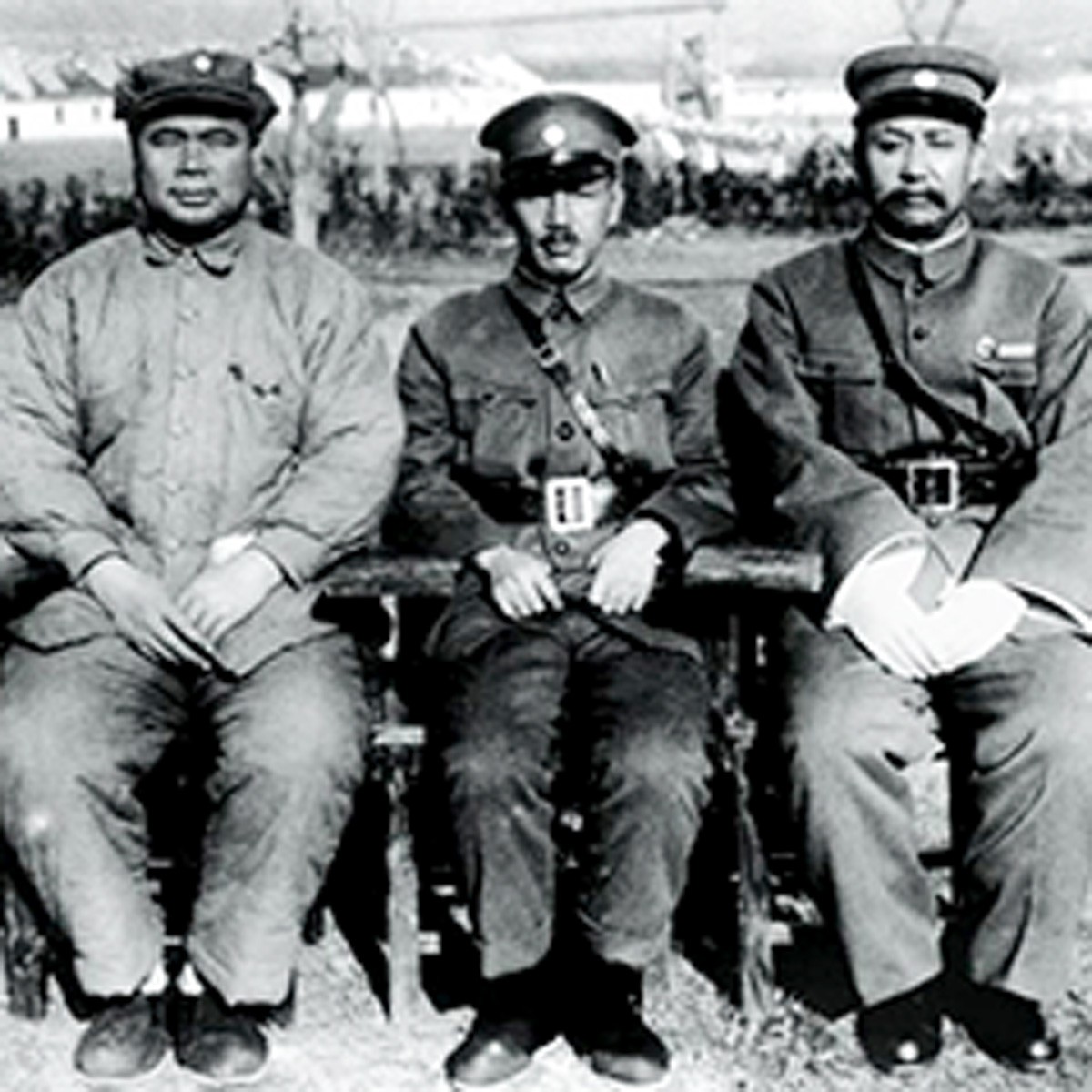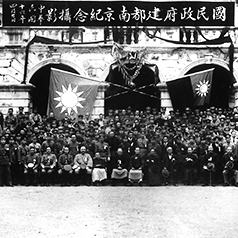After the Northern Expedition in 1928, the Nanjing Government of the Kuomintang of China (KMT, 中國國民黨) basically reunified the entire China. From this time to the outbreak of the total war of resistance against Japanese aggression in 1937, there was a rare short period of construction known as the “Golden Decade” of the Nanjing Government. During this period, achievements were made in various aspects, such as the implementation of political tutelage, initial establishment of the rule of law, building of modern troops, recovery of some foreign concessions and privileges in China, launching of tariff autonomy, strengthening of economic construction, promotion of Mandarin as the national language, advocacy of the New Life Movement (新生活運動), etc.
Despite the achievements, the KMT faced both domestic troubles and foreign invasion during the “Nanjing Decade”. While Japan was stepping up its invasion of China; there were new warlords that ignited civil wars as well as the decade-long armed confrontation between the KMT and the Chinese Communist Party (CCP, 中國共產黨). After the Northern Expedition, the victor camp split into many new warlords with their own separatist regime and armies. The main ones were Chiang Kai-shek’s (蔣介石) “Direct Descent” (嫡系) and Li Zongren’s (李宗仁) “Guangxi Clique” (桂﹝廣西﹞系), Feng Yuxiang’s (馮玉祥) “Feng Clique” (馮系), and Yan Xishan’s (閻錫山) “Shanxi Clique” (晉﹝山西﹞系). The fight for power led to battles such as the Direct Descent-Guangxi Clique War (or Chiang-Gui War, 蔣桂戰爭) and Central Plains War (中原大戰).
As for the struggles between the KMT and the CCP, Chiang launched the “Party Purge” in 1927. A multitude of CCP members were captured and killed, resulting in a series of CCP-led armed resistance including the Nanchang Uprising (南昌起事), the Autumn Harvest Uprising (秋收起事), and the Guangzhou Uprising (廣州起事), and the formation of the Workers’ and Peasants’ Red Army. Later, Mao Zedong (毛澤東), Zhu De (朱德), and others established the Jinggang Mountain (井岡山) base. In November 1931, the CCP established the Soviet Republic of China and expanded into the Central Revolutionary Base (or the Central Soviet Zone).
At this time, Chiang insisted to “first internal pacification, then external resistance”. From the end of 1930 to the autumn of 1934, he launched a total of five campaigns of encirclement and extermination against the Soviet Republic of China. The first four attempts ended in failure. After considering the huge disparity in military strength, the KMT army switched to the “blockhouse tactic” in the fifth attempt. Due to the CCP’s wrong military commands, the Central Red Army was forced to start the Long March of 25,000 li (華里, or 12,500 kilometres) westward after severe defeats. During the Long March, Chiang made every possible way to encircle and intercept the Red Army but failed. The CCP Red Army from several directions eventually converged in the northwest and established a new base centred at Yan’an (延安).







